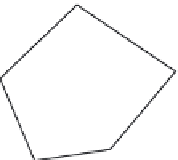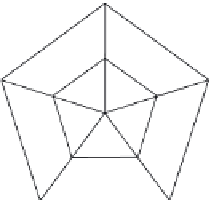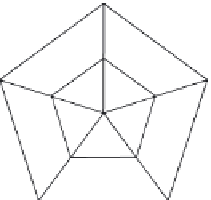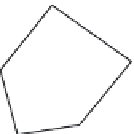Biology Reference
In-Depth Information
A
A
CCE
0.8
0.4
Food consumed
0.7
0.2
B
E
E
B
0.6
0
D
C
D
C
A
A
FCE
IGR
0.4
4
0.2
2
E
E
B
B
0
0
D
C
D
C
FIGURE 11.2
Feeding of rainbow trout (
Oncorhynchus mykiss
) with oligochaetes (
Lumbriculus variegatus
) contaminated with
metals according to an increasing gradient from A to E. CCE, caloric conversion efficiency (g growth kcal
-1
food
consumed); FCE, food conversion efficiency (g growth g
-1
food consumed); IGR, instantaneous growth rate
(% day
-1
). (After Hansen, J.A. et al.,
Environ. Toxicol. Chem.
, 23, 1902-1911, 2004.)
11.3 Impairments of Food Uptake
As reviewed previously (Chapter 10), food uptake/capture needs the achievement of com-
plex behaviors that may be affected by impairments resulting from pollutant effects on
nervous system functioning and locomotory behavior. Decreased feeding rate can reflect
either physiological disturbances or avoidance behavior when chemosensors can detect
the presence of contaminants in food. Experimental strategies have been designed to dis-
tinguish these two types of events. For instance, in the freshwater amphipod crustacean
Gammarus pulex
, a decreased feeding rate was observed as a consequence of dietary, water-
borne, or mixed exposure to Zn for 6 days at concentrations of the order of magnitude
encountered in the most contaminated sites in the United Kingdom (Wilding and Maltby
2006). As soon as exposure ceased, the normal feeding rate was immediately restored in
specimens exposed to dietary Zn, showing that impairment was only due to avoidance.
On the contrary, prolonged inhibition was observed in specimens exposed to waterborne
Zn or to a mixed dietary dissolved exposure, indicating physiological impairment. In the
terrestrial isopod crustacean
Oniscus asellus
, Köhler et al. (2000) have shown that avoidance
of contaminated food and a subsequent reduction in food consumption were adaptive



























Search WWH ::

Custom Search